An entrepreneur in bankruptcy. His administrator reports terrible developments almost every day. The feeling of slowly dissolving. Crumbling life. Horror in installments.
A soldier with war experience in Iraq. Especially terrible: his own actions.
Or the nurse whose partner is hit by a car on a crossing. The fact that she takes a few steps behind him saves her life, not her psyche.
Or a woman giving birth at the turn of the year. Because the hospital staff has already entered the celebration mode, the mother-to-be has to wait. The feeling of being torn apart and blown up by labour pains in the deserted and cool corridor.
Or the couple whose only son takes his own life. Perhaps the greatest horror of all. A trauma.
The consequences of a traumatic experience for the life of every single person are different. For some, the memory of the traumatic event is limited, others experience an echo, also called flashback. Some sufferers then have difficulty concentrating. Others experience themselves as particularly jumpy, suffer from sleep disturbances, tend to overreact to feelings (increased irritability, outbursts of anger, crying fits) or feel alienated from themselves. Some sufferers experience all of the symptoms, others do not. For some, the symptoms fade after a few weeks, eventually disappearing completely. In this sense medicine and psychology would not speak of a permanent post-traumatic stress disorder (PTSD).
But whether it fades quickly or slowly, a noticeably unpleasant after-effect or more imperceptible consequences – experiences of horror are buried deep in a person’s psyche. They then get stuck in the frame of the soul and actually sit in the bones of the person affected.
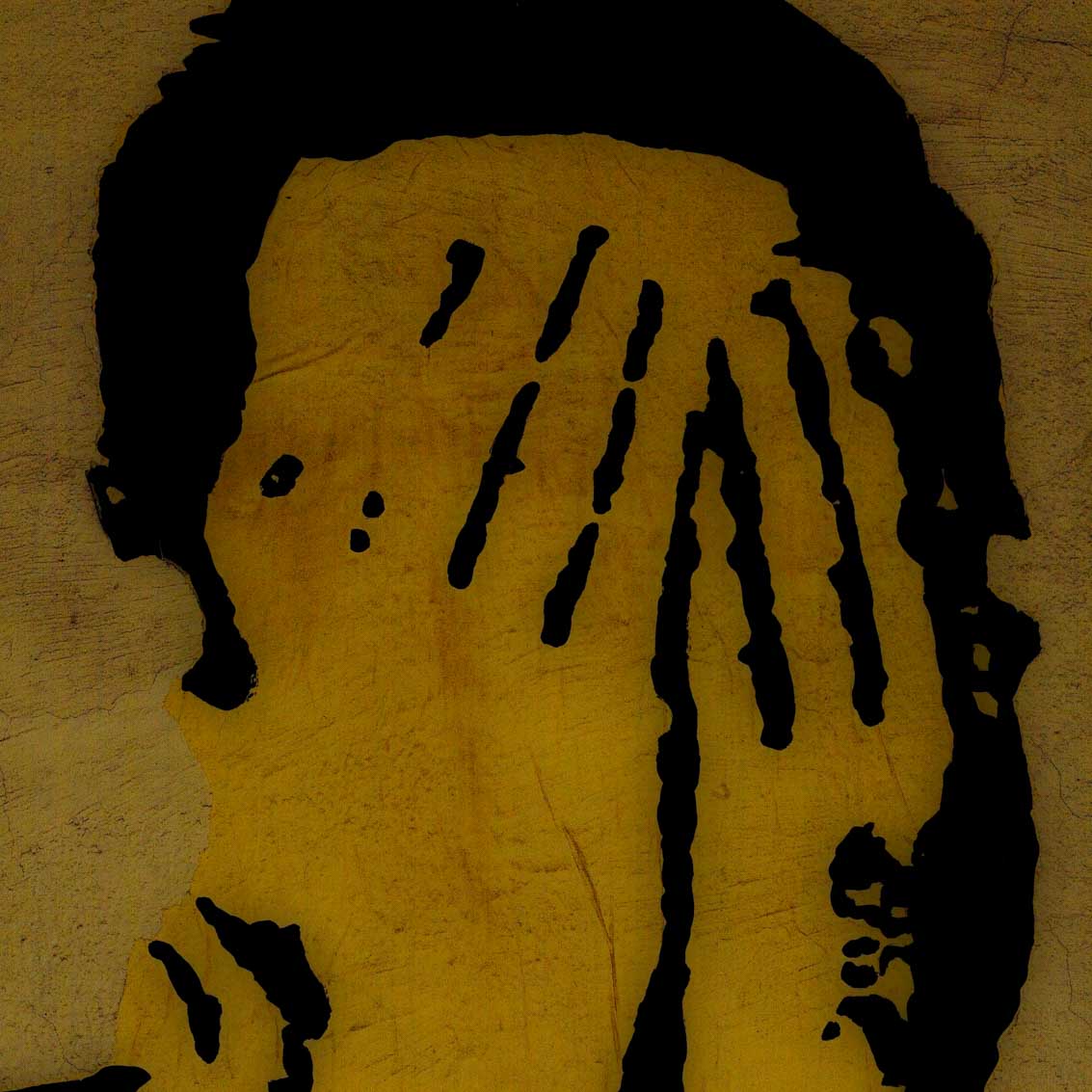
The physician, psychologist and sociologist Wilhelm Reich, who was fiercely opposed during his lifetime, invented the term “character armour” to describe the sum of a person’s defensive patterns as a result of his biography.
I also use this term – but with a special biological focus. In my experience, a person’s character armour is formed by the traumatic experiences that are stored in the brain, but also in the muscle memory. The latter as a special pattern of hardening, which can be dissolved by certain procedures – to put it simply.
Biodynamic body therapy according to Gerda Boyesen, for example, is a method that reaches the client’s character armour through manual work on the client’s body (similar to massage) and can have a far-reaching psychological effect on him. Old blockades can thus be solved. But this is a very time-consuming process that requires many sessions.
While the New York biochemist Ida Rolf only thought of the human being’s erection against gravity when she developed the method of Structural Integration – the method later called Rolfing also has a profound healing effect on the character armour.
Inspired among others by these methods, enriched by the energetic method catalogue of spiritual medicine, I developed my methodology of Trauma Abscission & Removal (abbreviated: TAR) about ten years ago. A method that effects the character armour directly and is just made for this purpose.
Many people have very stressful experiences in their bones. To dissolve these loads as completely as possible or at least to reduce them – TAR has proven to be very effective.
Read more about this in the next articles.
Stay tuned!
Yours – Otmar Jenner
P.S. Dear readers, English is not my mother tongue. If you find serious mistakes in the wording of an article, please let me know (oj@otmarjenner.de).
#otmarjenner #tar #traumaabscission #traumaremoval #traumarelief #traumadetachment #traumaredemptio #energyhealing #healing #happiness #heal #healingvibes #energy #spirituality #meditation #spiritual #chakras #goodvibes #selflove #psychic #yoga #energybites #instagood #metaphysical #awakening #spiritualhealing #positiveenergy #energyhealer #consciousliving #consciousness #healingprocess #justhealing #compassion #forgiveness #guidance
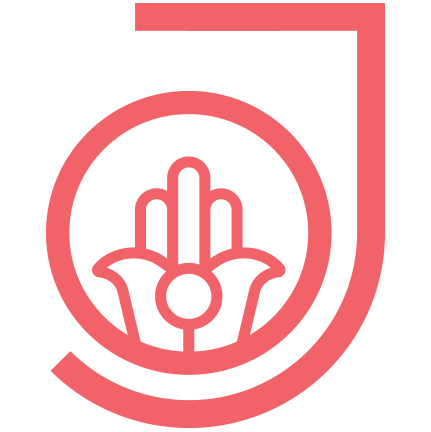
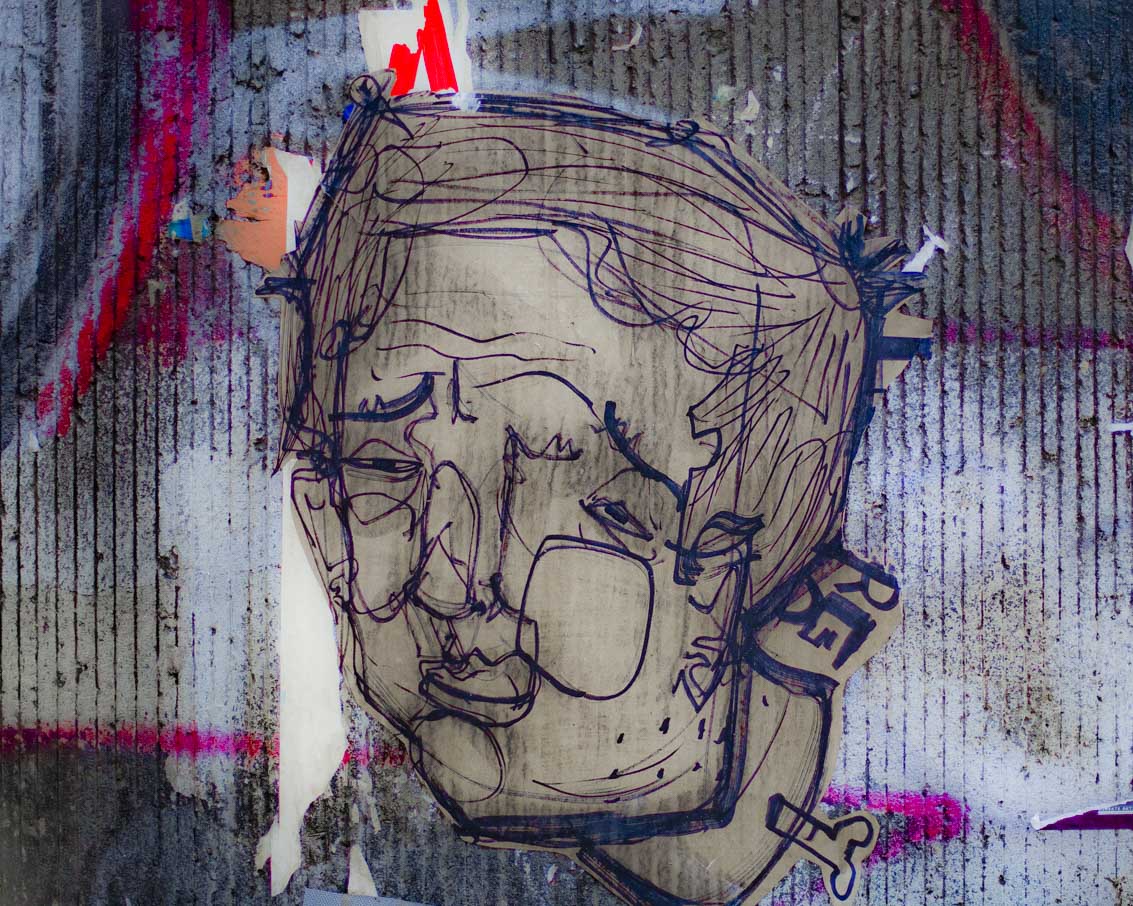
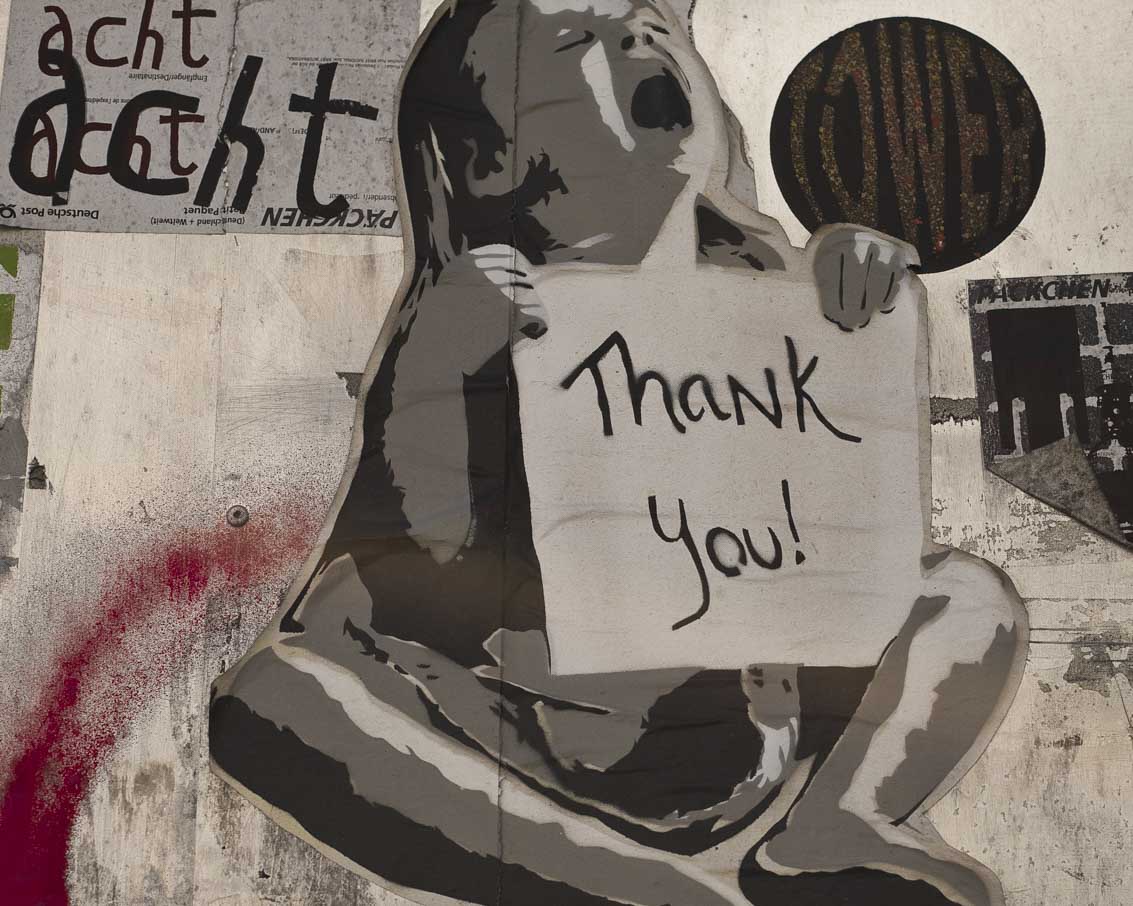
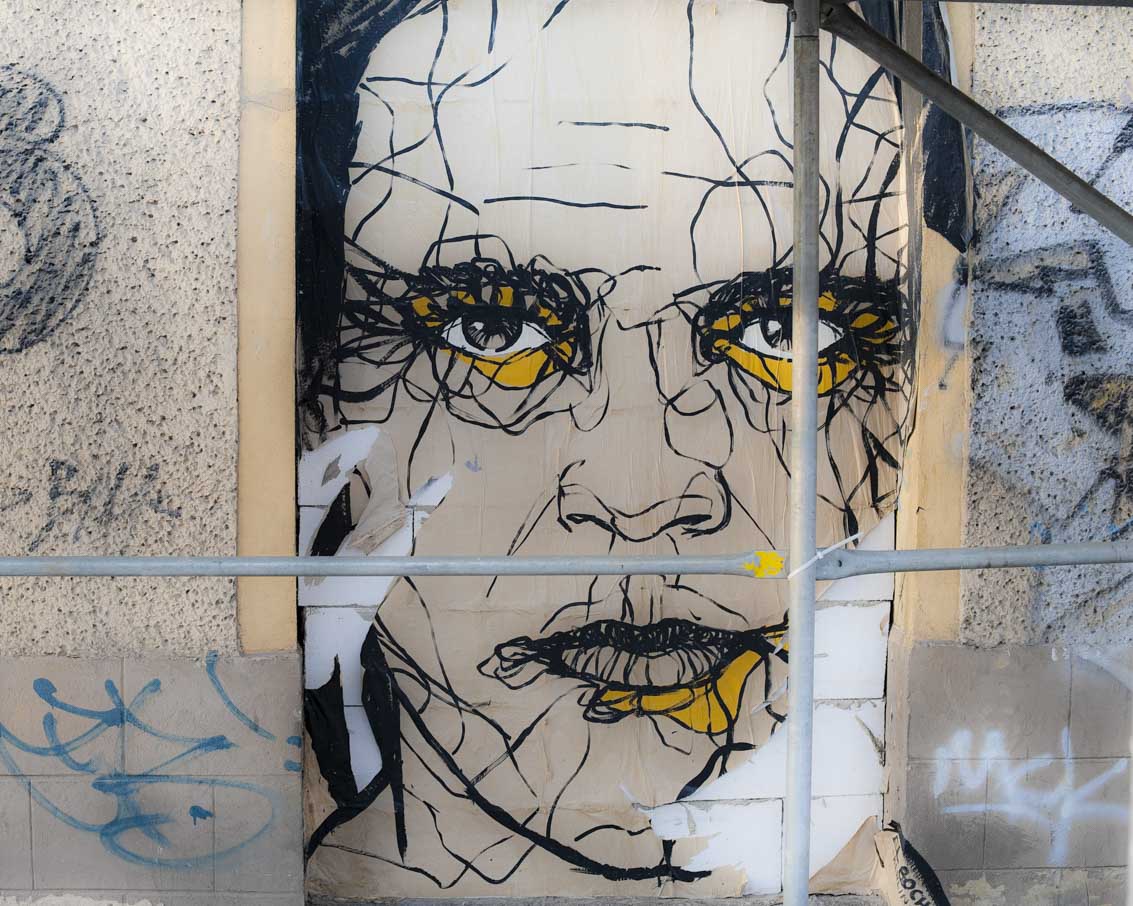
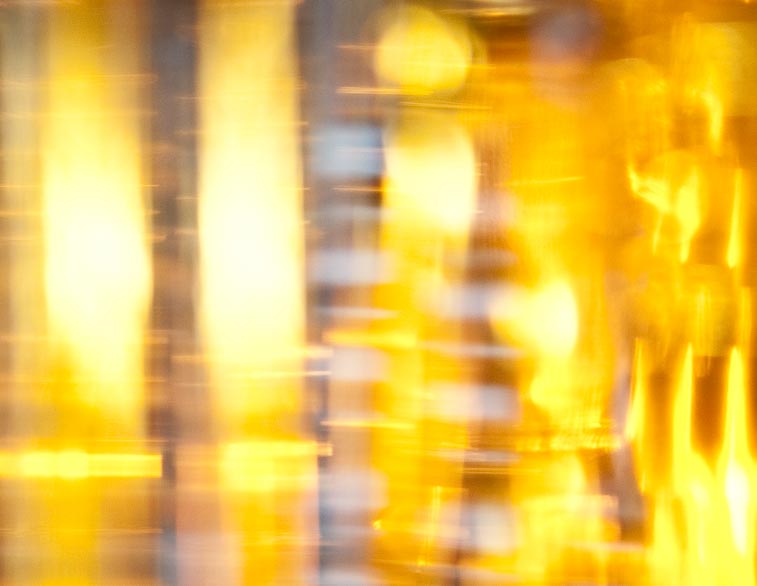

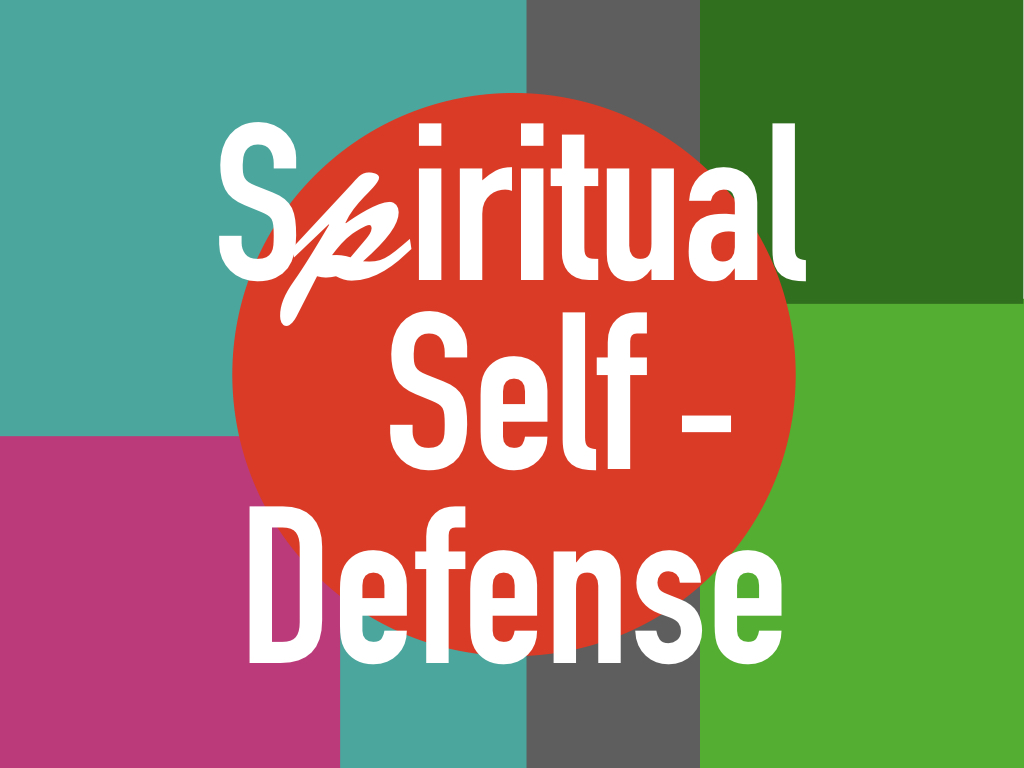
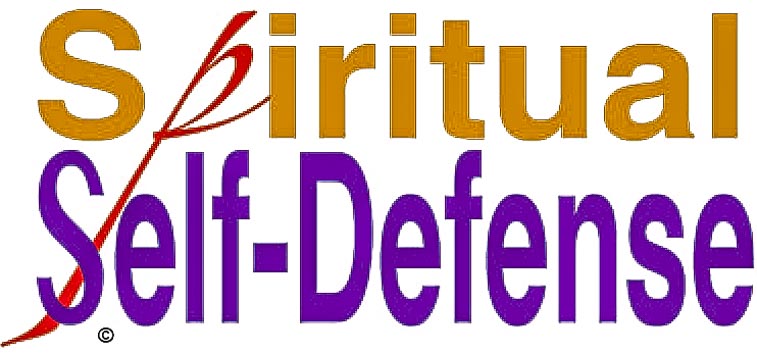

 Deutsch
Deutsch